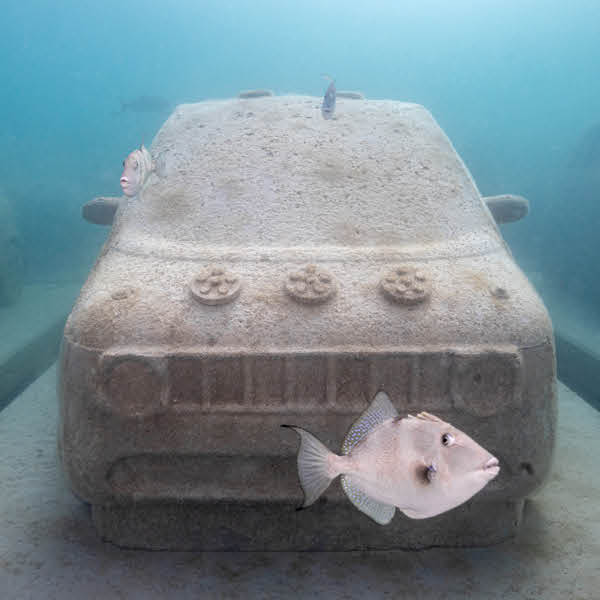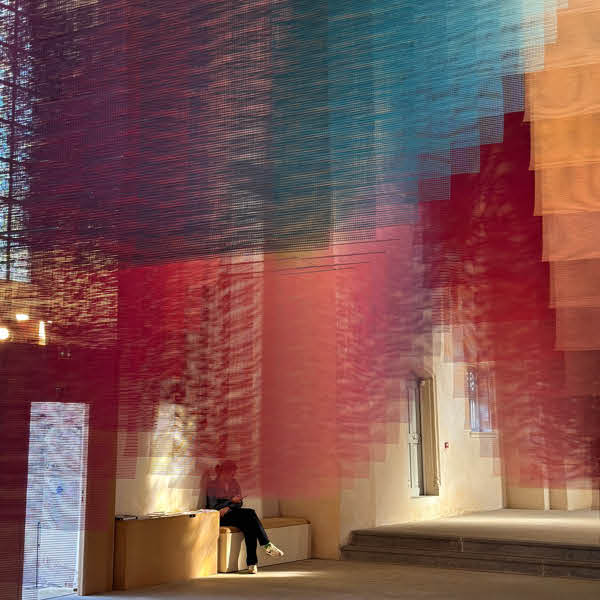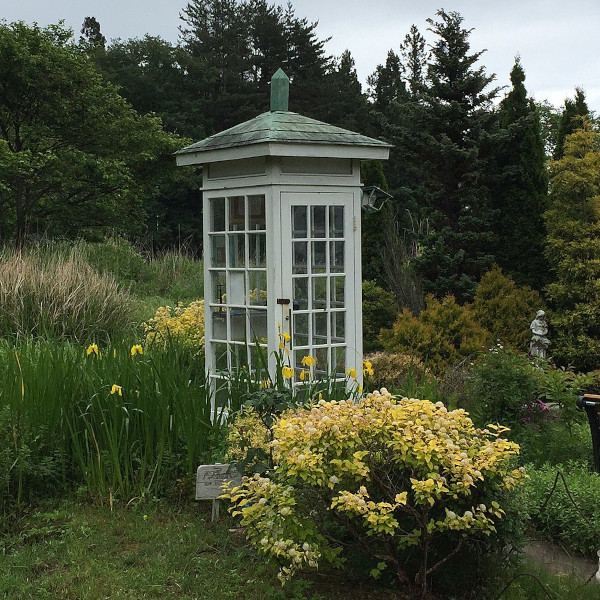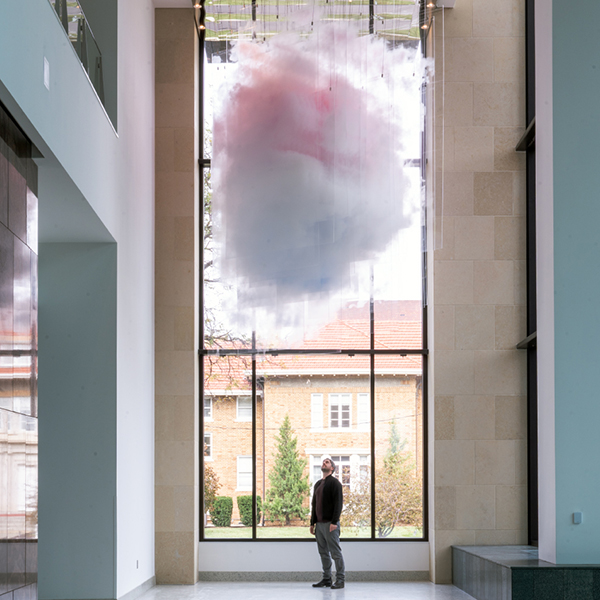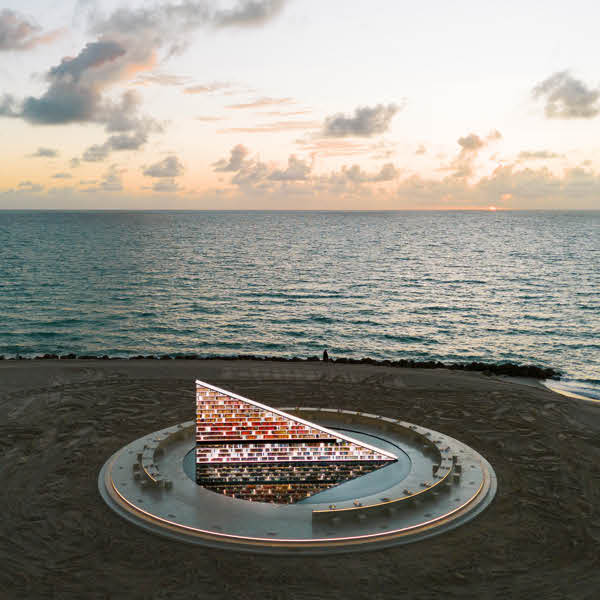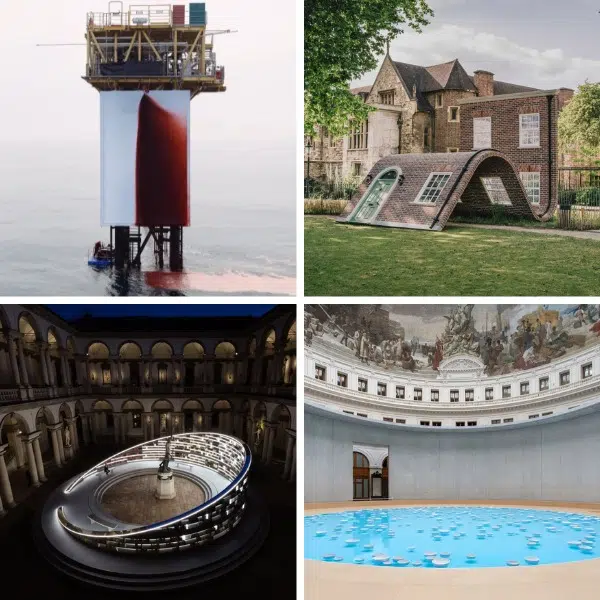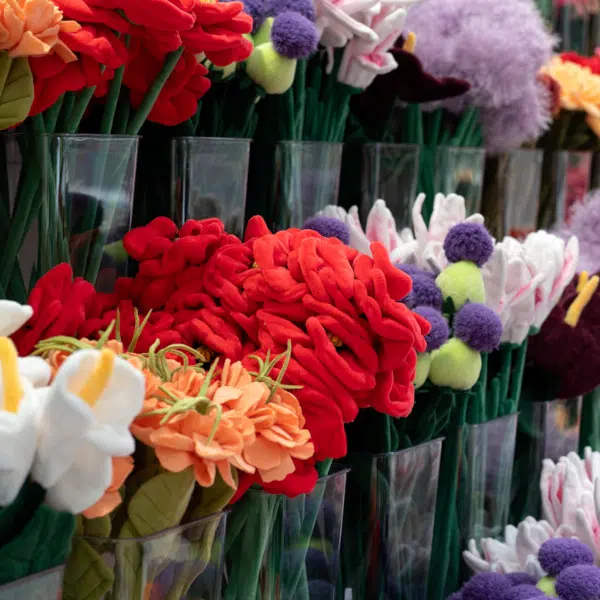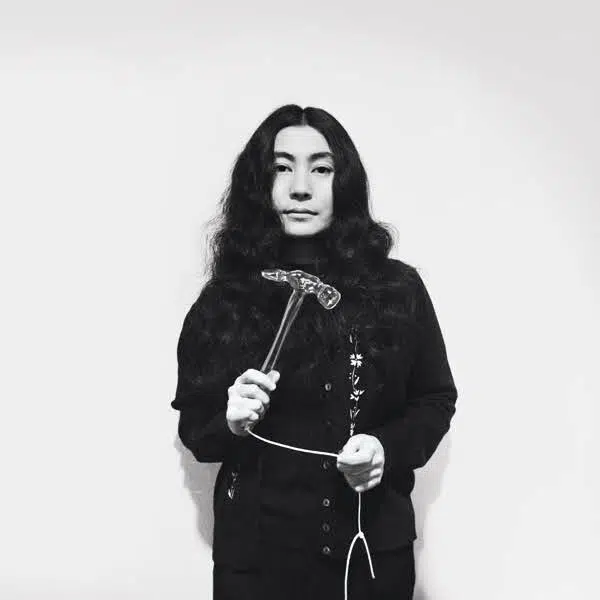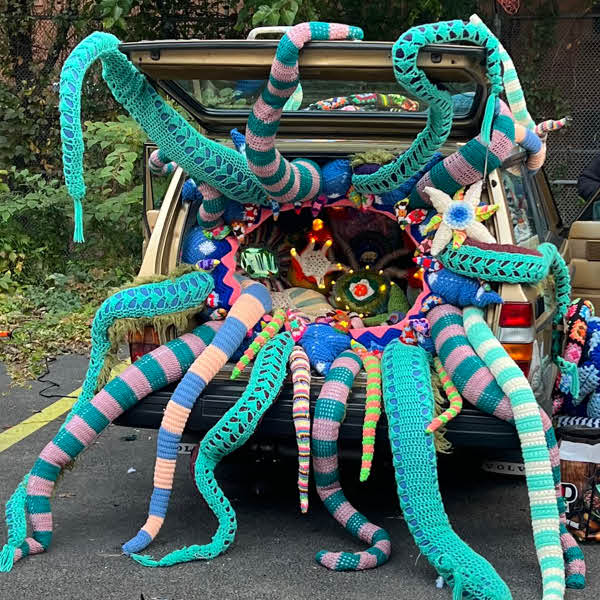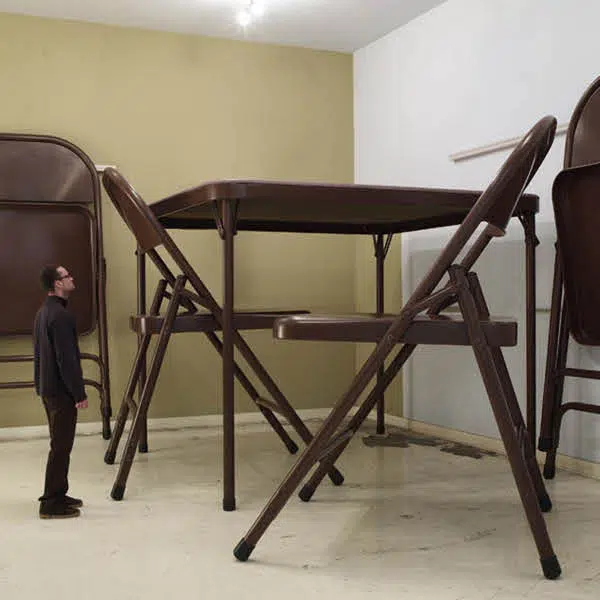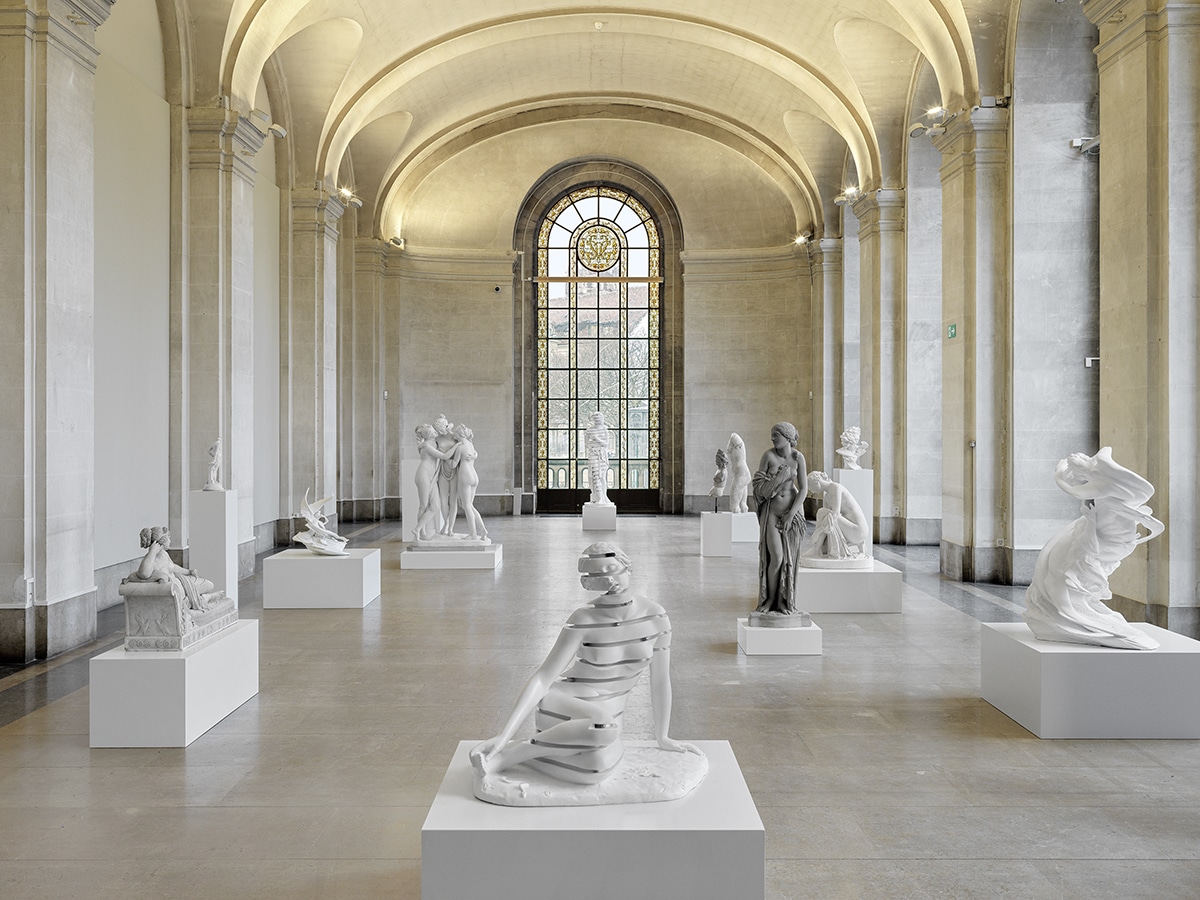
“Vénus Italica.” Sculpture is again given the place of honour in this gallery through Canova, Pradier and even Praxiteles. However, Wim Delvoye’s intervention is quickly felt when our eye attempts to follow a marble traversing Venus’ body, which has become a circuit. (Photo: © Musée d’art et d’histoire de Genève/Stefan Altenburger)
Artist Wim Delvoye has made a career out of provocatively examining how society classes art and its role in the market economy. In the past, that’s led to tattooing pigs, and even a human who is now contractually obligated to go on display three times a year. His recent exhibition, titled The Order of Things, while less grisly, demonstrates his continued use of irony to poke holes, sometimes even literally, into the hierarchy that the art world imposes on artists and their works.
Delvoye is the fourth artist to participate in the carte blanche XL exhibition at the museum. The intention with carte blanche XL is to let artists curate shows that feature their own work along with the museum’s in order to interrogate the relationship between “the museum’s connection to its collections and institutions.” Combining neoclassical sculptures such as the Venus Italica and modern art by the likes of Warhol, Delvoye upends the traditional narrative of art history. Further complicating matters, the Belgian artist has made copies of the works that are punctuated by tracks with steel balls circuiting around. In this manner, priceless works of art turn into something more fitting for a toy store. The ever innovative artist also used artificial intelligence to create some of his works, stating, “ I wrote a program that does the work for me actually… It's beautiful because the computer does it better. It has no emotions. It doesn’t see [a] nose or eyes.”
Delvoye was an especially apt choice for artist-curator of the carte blanche XL as he is also an art collector and included his archives in the exhibition. Unsurprisingly, considering his history of questioning how art is valued, he features many works that are often unnoticed in the museum. Delvoye notes that often great art, especially of the old masters, is priced less than contemporary art which moneyed collectors look at as investments foremost over their aesthetic quality.
Delvoye's The Order of Things is currently on display at Museum of Art and History in Geneva, Switzerland, through June 16, 2024.
Belgian conceptual artist Wim Delvoye acted as artist-curator for Geneva's Museum of Art and History's fourth carte blanche xl exhibition.
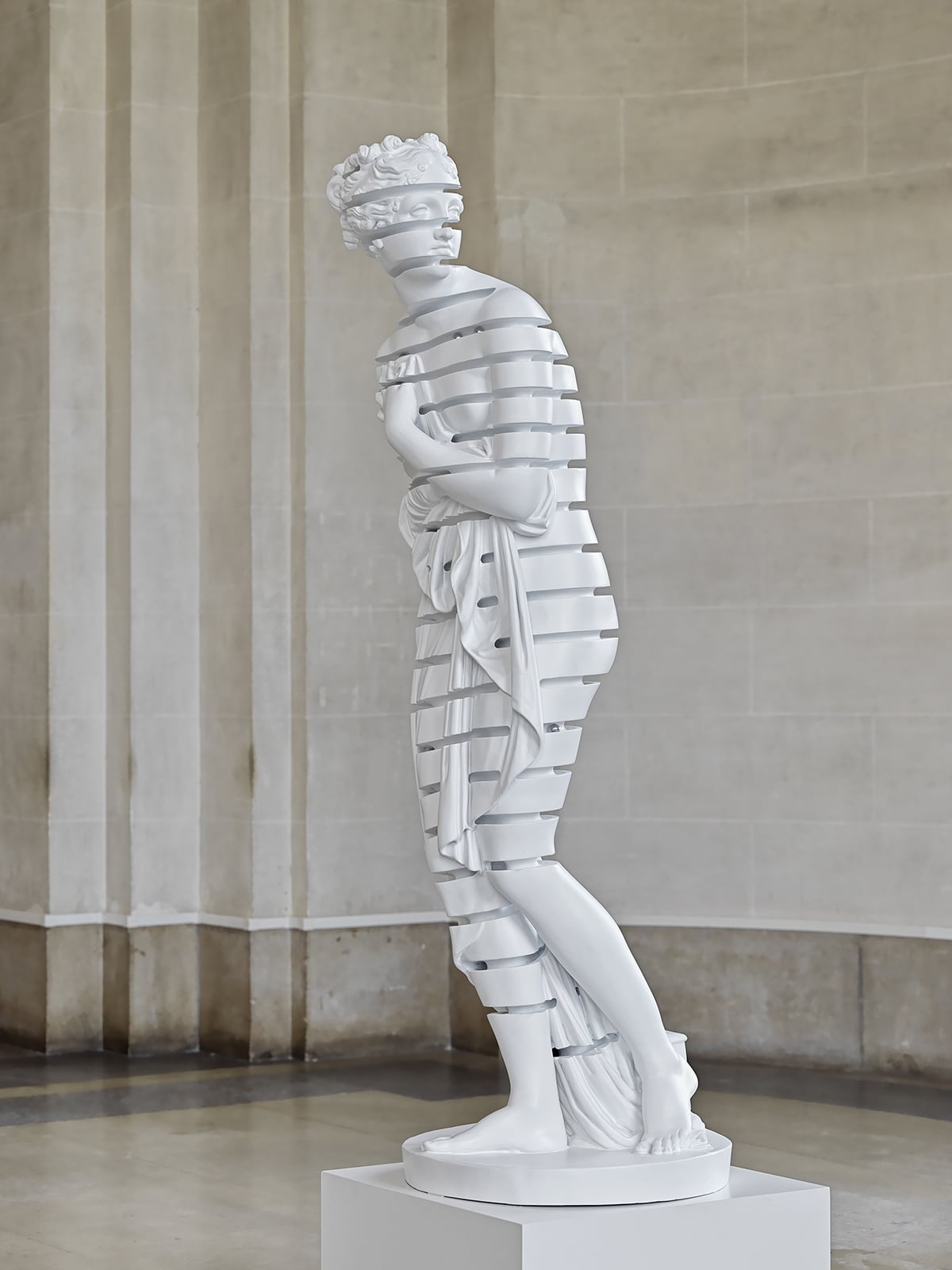
“Ball Track Venus Italica.” (Photo: © Musée d’art et d’histoire de Genève/Stefan Altenburger)
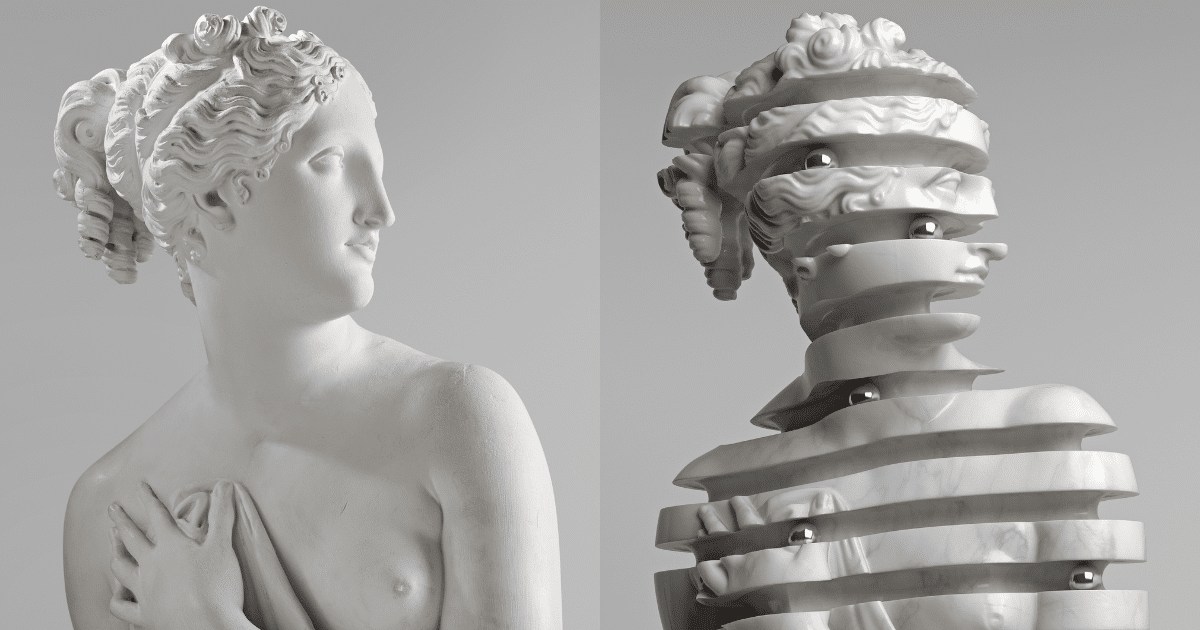
“Venus Italica” or “Venus Coming Out of Her Bath” by Antonio Canova and “Ball Track Venus Italica” by Wim Delvoye. (Photos:© Musée d’art et d’histoire de Genève/ B. Jacot-Descombes/© Studio Wim Delvoye)
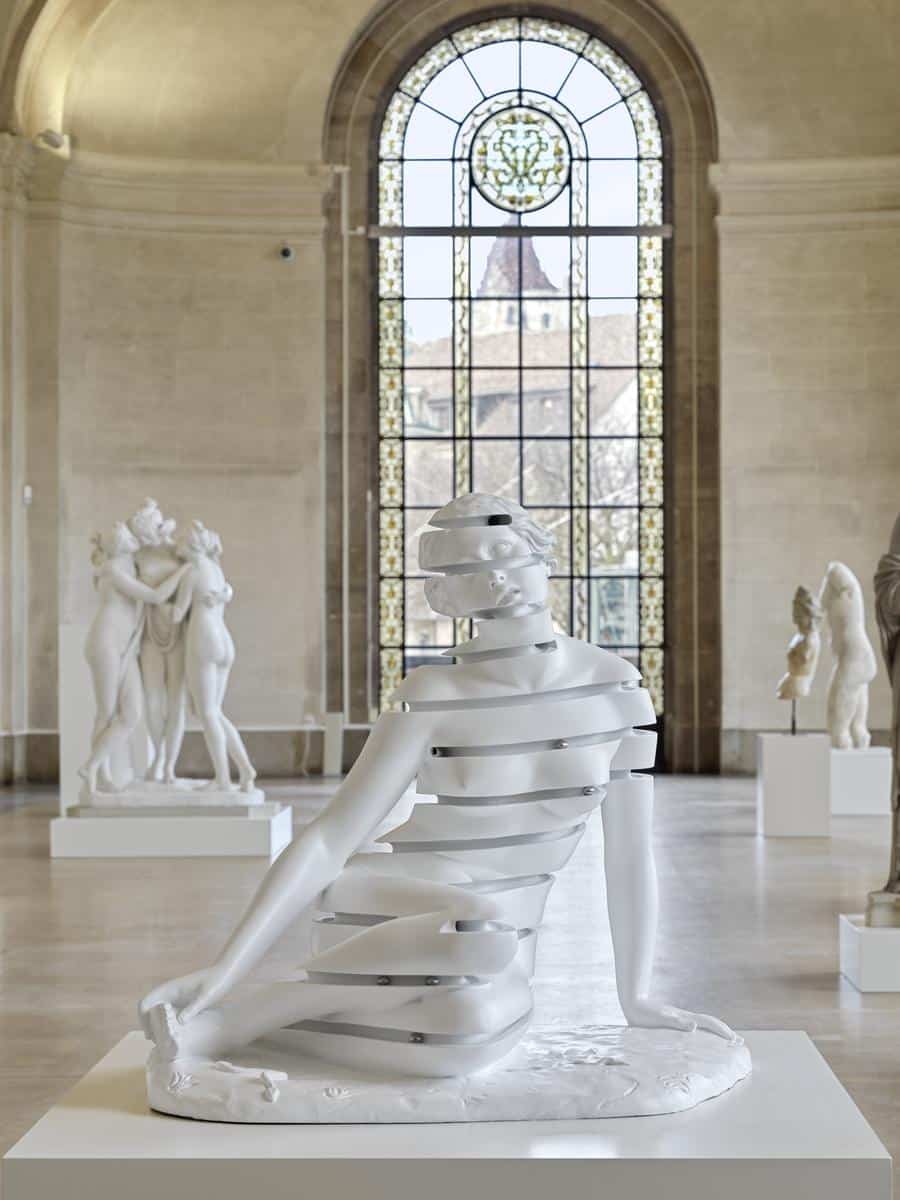
Photo: © Musée d’art et d’histoire de Genève/Stefan Altenburger
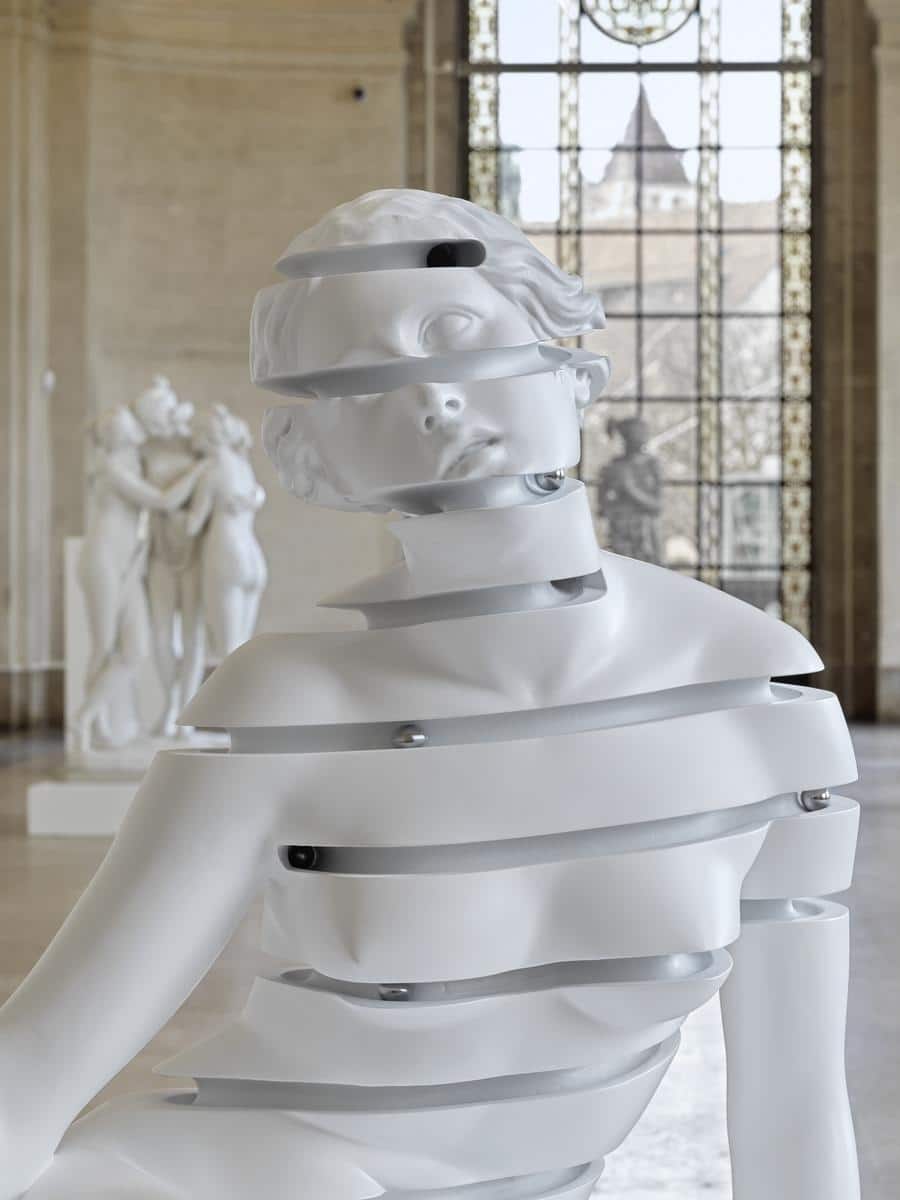
Photo: © Musée d’art et d’histoire de Genève/Stefan Altenburger
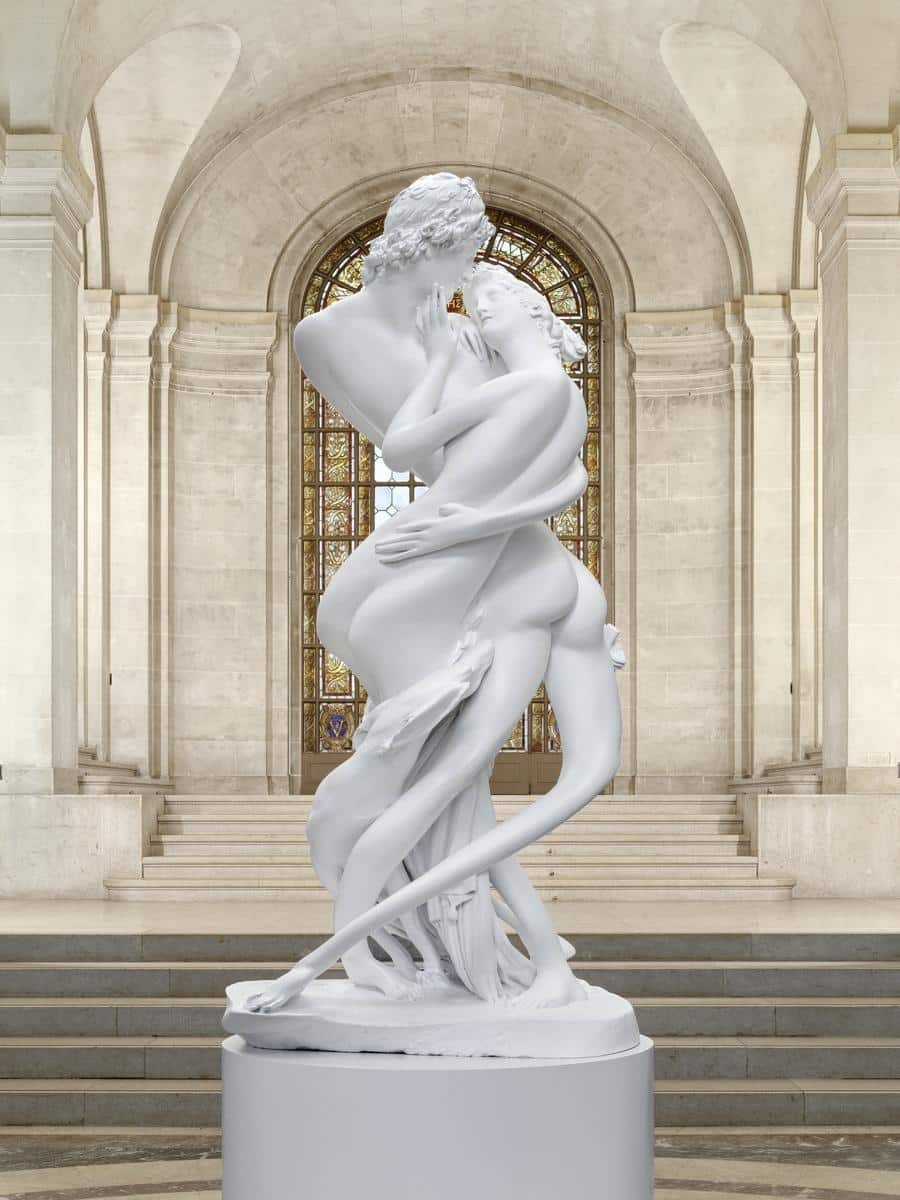
Twisting sculpture based on “Venus and Adonis” by Antonio Canova. (Photo: © Musée d’art et d’histoire de Genève/Stefan Altenburger)
Delvoye forces viewers to examine classic works with a new perspective.
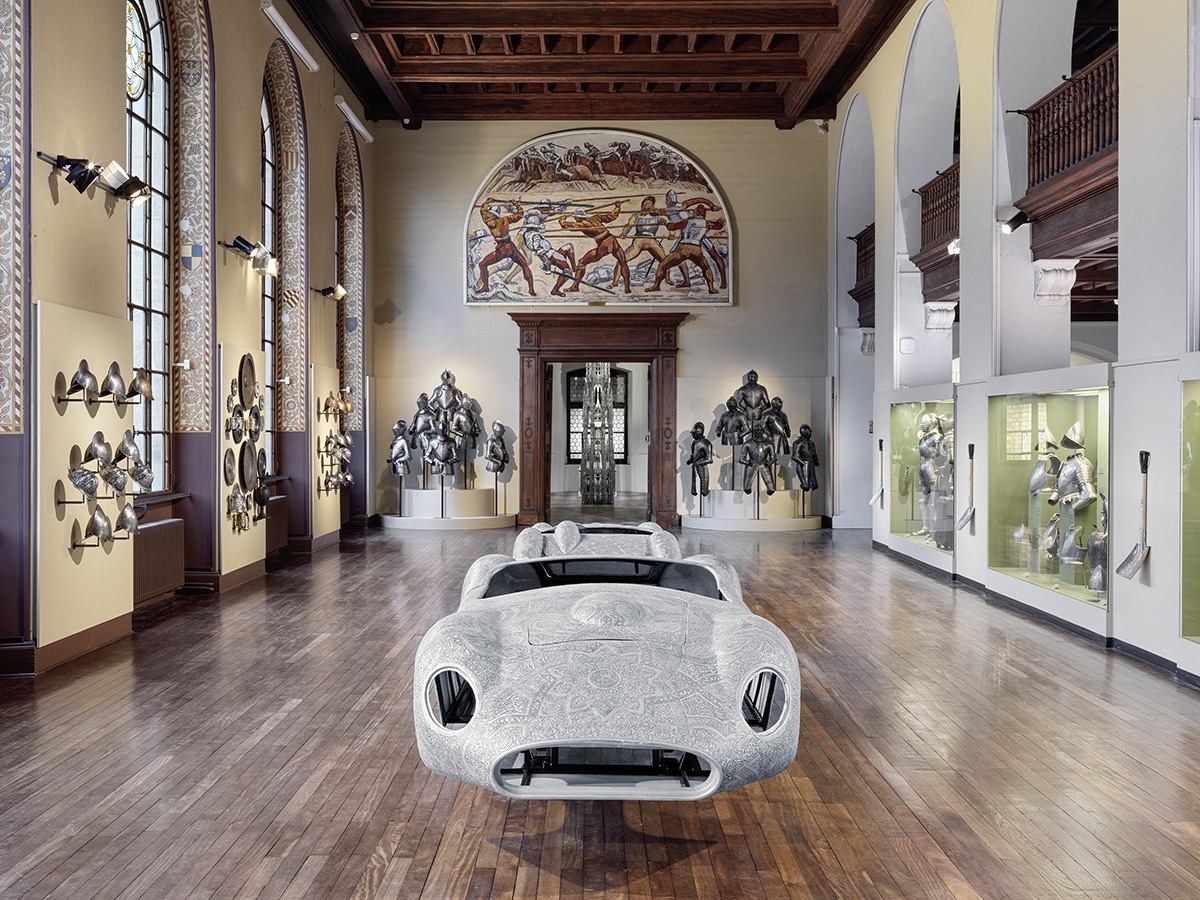
“La peur du vide.” As the name indicates, this room explores the artistic repercussions of the phenomenon of horror vacui, which refers to an ornamental practice aiming to fill the totality of a surface or an object with features and details to replace the empty with the full. The installation reveals our culture’s passion for ornamentation to decorate and fill the surface of both noble and functional objects from many areas. Car bodies, shovels and suitcases emerge as symbols of a full arsenal of protection. From historical helmets to fire extinguishers, from dishes to cars, ornamentation distinguishes functional objects as unique pieces. (Photo: © Musée d’art et d’histoire de Genève/Stefan Altenburger)
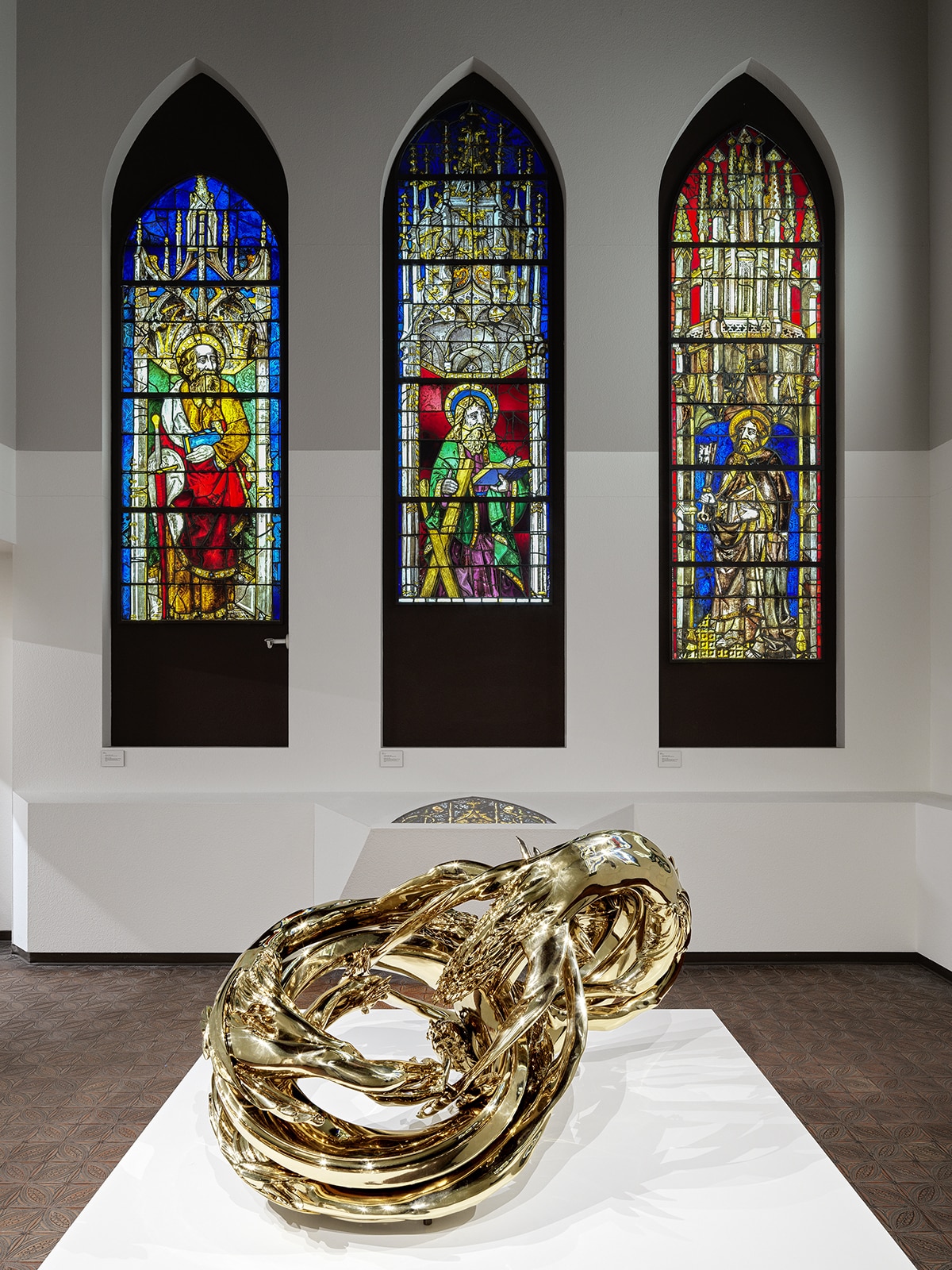
“Dual Möbius Quad Corpus” is the title of a well-known Wim Delvoye piece in polished bronze that depicts four Christ-like bodies intertwined and seeming to reinforce the strip of the same name. The rectitude of the crucifix disappears, and the passion of Christ finds new expression in this enigmatic twist. However, in using the stained glass windows from the fifteenth century, the artist deepens his reflection on movement. (Photo: © Musée d’art et d’histoire de Genève/Stefan Altenburger)
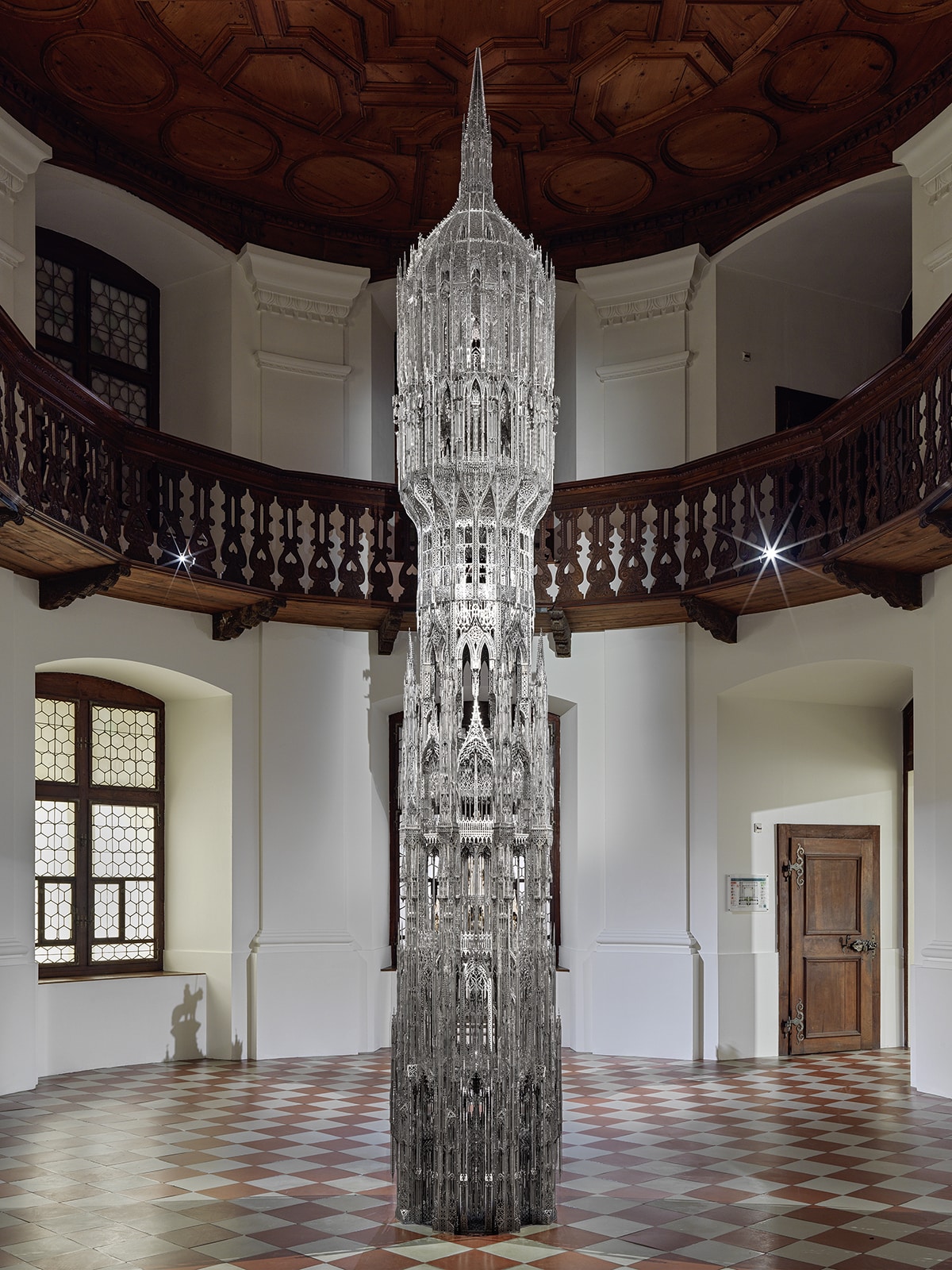
“Knocking on Heaven’s Door.” With a replica of the tower of Brussels in laser-cut stainless steel, this room hosts one of Delvoye’s “Gothic” style symbols. In this period room of the museum, the Castle of Zizers’ Ceremonial Room, the tower is alongside a model of the Scaligeri funerary monuments in Verona, which inspired the Brunswick Monument.(Photo: © Musée d’art et d’histoire de Genève/Stefan Altenburger)
With his trademark humor, Delvoye commits an act of “philosophical vandalism” as the museum's director calls it, subverting the preciousness of what are considered priceless objects.
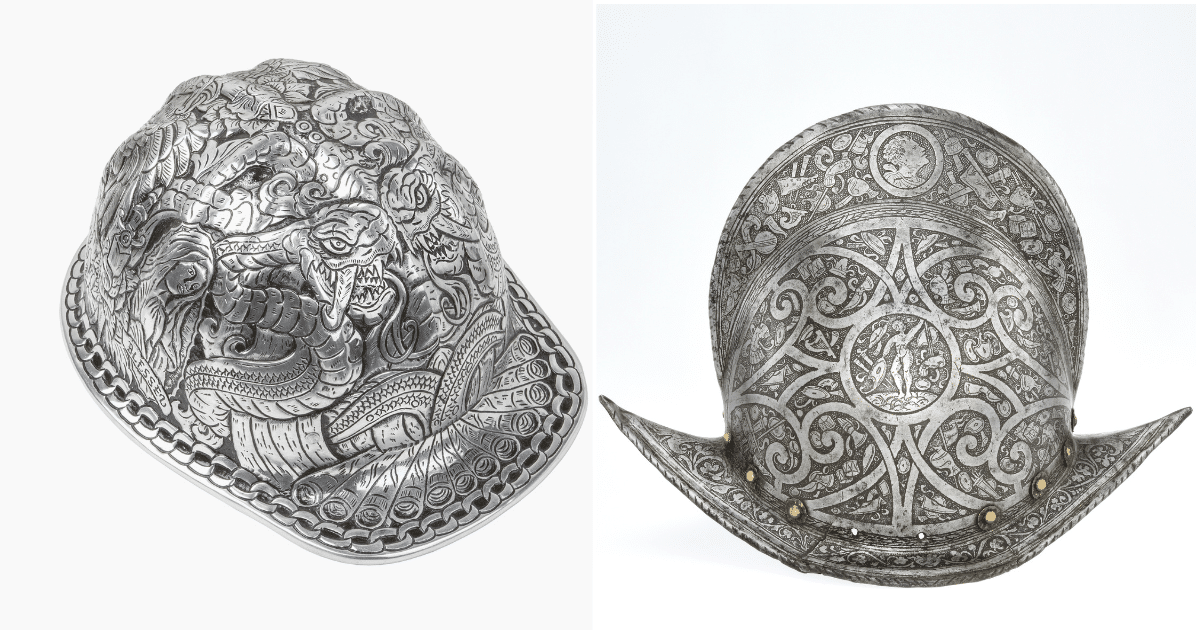
“Untitled (Engraved Helmet)” by Wim Delvoye and Morion (c. 1570-1580) unknown. (Photo credits:© Musée d’art et d’histoire de Genève/ F. Bevilacqua/© Studio Wim Delvoye)
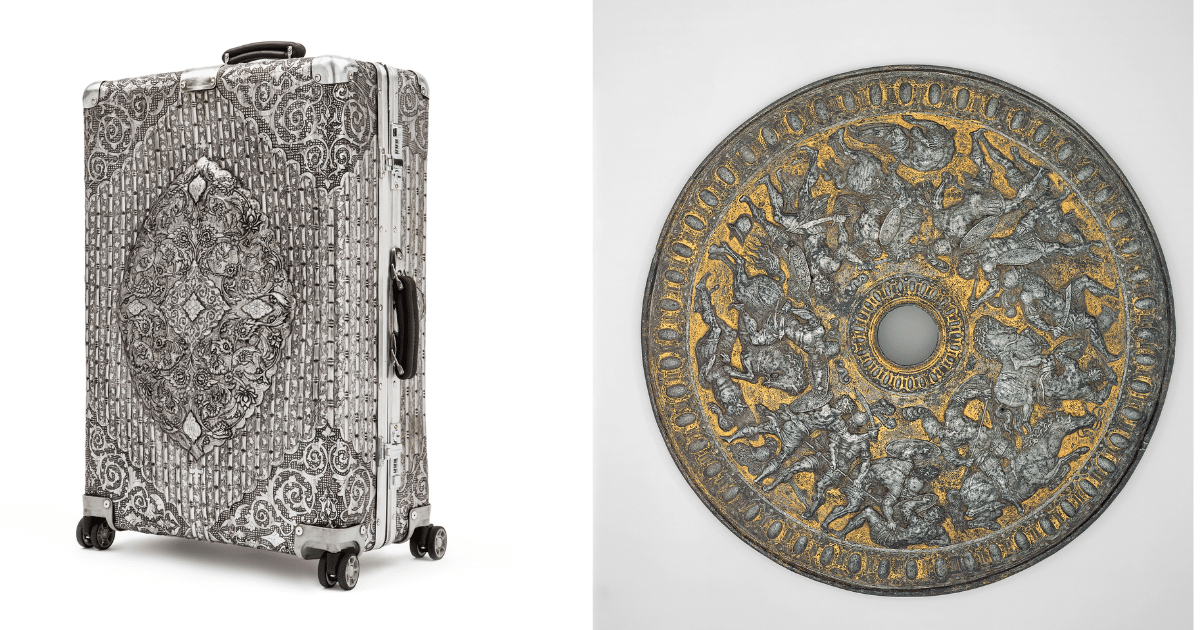
“Rimowa Classic Flight Multiwheel” by Wim Delvoye and “Ceremonial Roundel” (c. 1557-1560), attributed to Eliseus Libaerts (1557-1572). (Photos:© Musée d’art et d’histoire de Genève/N. Sabato/© Studio Wim Delvoye)
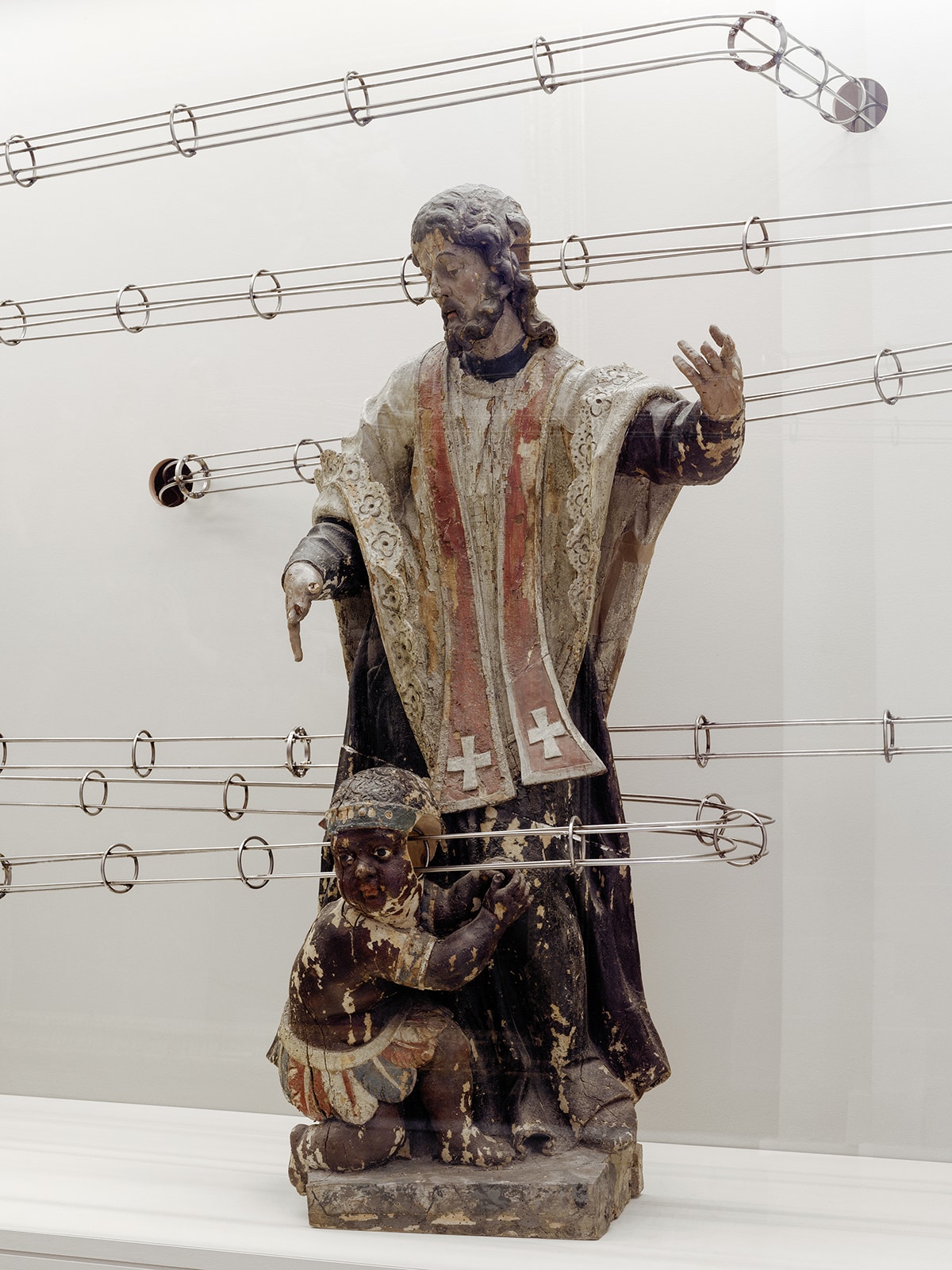
“The Order of Things” Installation + “St-Francis Xavier” (c. 1700). (Photo: © Musée d’art et d’histoire de Genève/Stefan Altenburger)
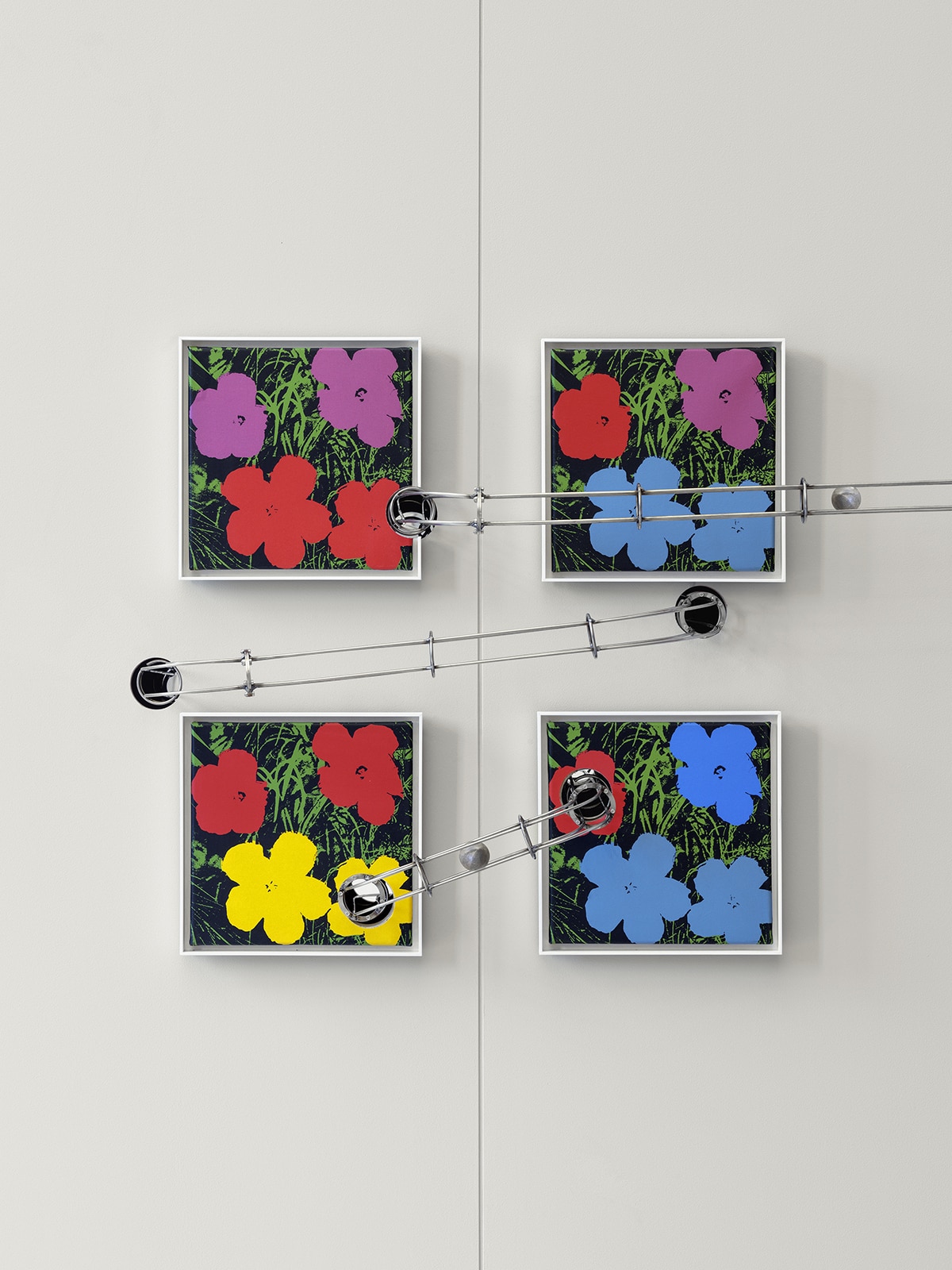
“Le juste retour des choses.” By bringing together old paintings from Delvoye’s own collection, remarkable paintings from MAH’s storerooms and famous names like Raphael, Picasso, Warhol and even Lucas Cranach, this space is immediately distinguished by the breadth of the questions it invokes. But its unique quality is the vast marble circuit that traverses the room and even through some of the pieces (that do not belong to the MAH). (Photo: © Musée d’art et d’histoire de Genève/Stefan Altenburger)
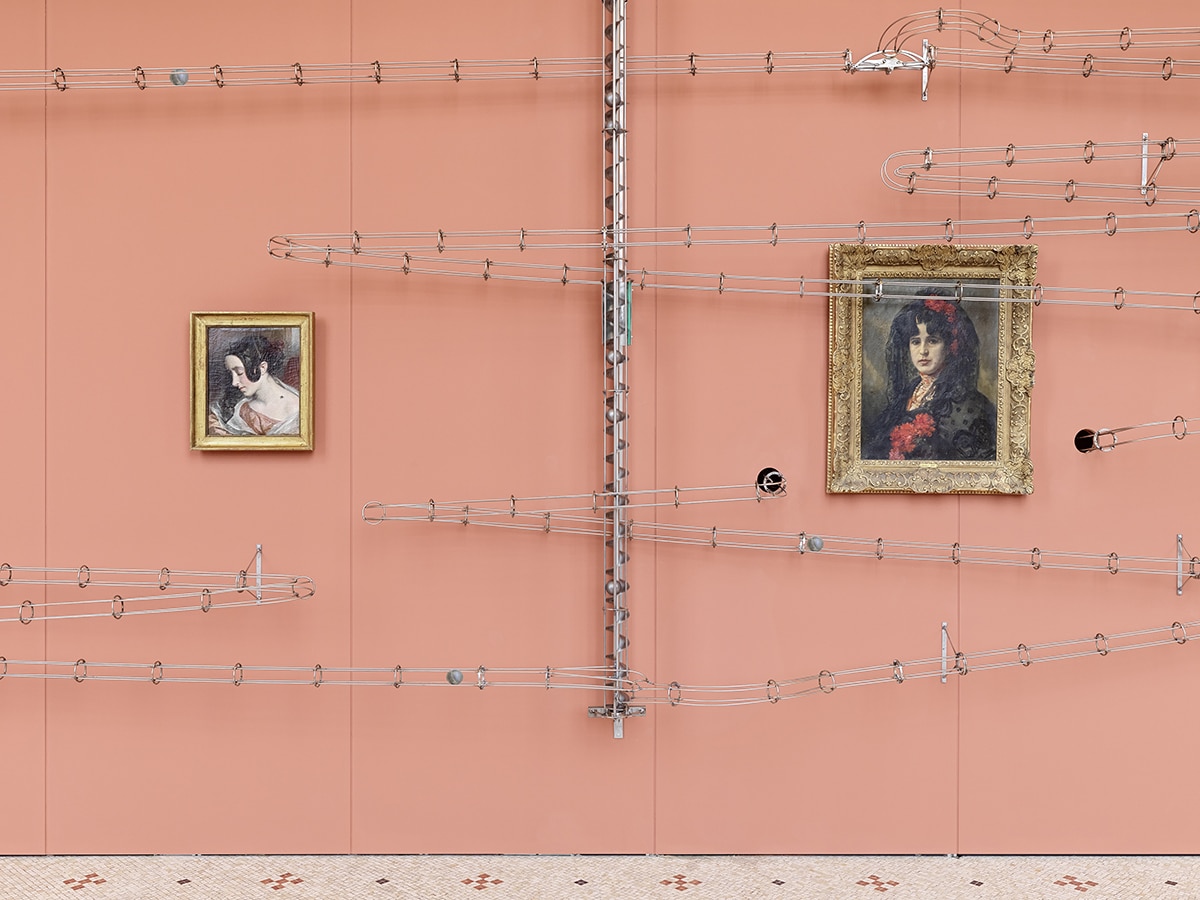
Photo: © Musée d’art et d’histoire de Genève/Stefan Altenburger
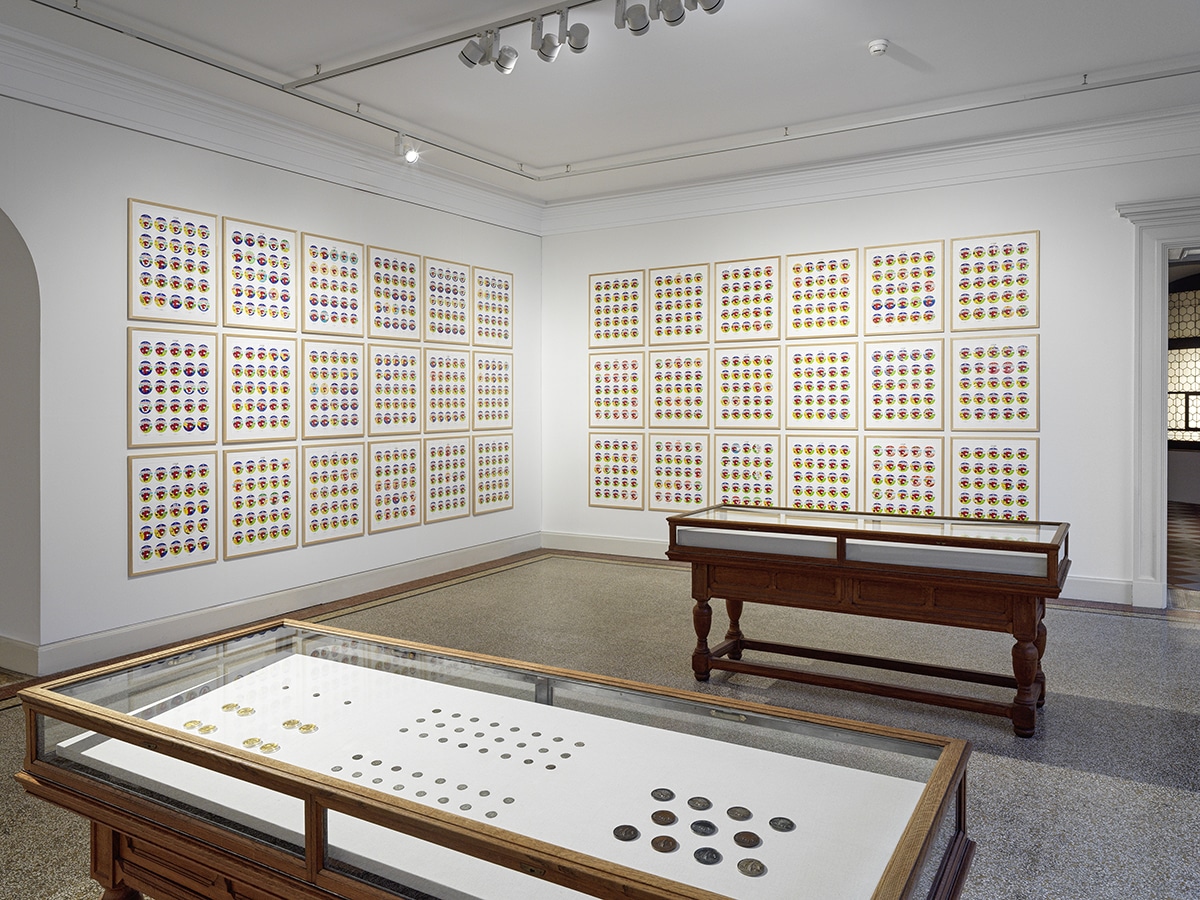
“L'ordre des choses.” This part of the installation, which borrows the exhibition’s overall title, returns to the passion of collecting and immerses us in the artist’s personal obsessions. Here, we find Delvoye’s collection of Vache qui rit ® cheese box labels and four display cases that combine the artist’s and the museum’s coin collection. Who is more enthusiastic, the tyrosemiophile (collector of cheese labels) or the numismatist (coin collector)? (Photo: © Musée d’art et d’histoire de Genève/Stefan Altenburger)
![Room Fait à la main [Handmade] Exhibition The Order of Things (2024)](https://mymodernmet.com/wp/wp-content/uploads/2024/06/wim-delvoye-order-of-things-fb.jpg)
“Room Fait à la main.” Plunged into darkness, this gallery plays an impressive perceptual and conceptual magic trick. With detonators alongside their madrier planks designed to blow open doors during a military siege and hand-carved tyres (again among Delvoye’s iconic work), the artist seems to be playing with the museographic codes reserved for contemporary and conceptual art. (Photo: © Musée d’art et d’histoire de Genève/Stefan Altenburger)













































































